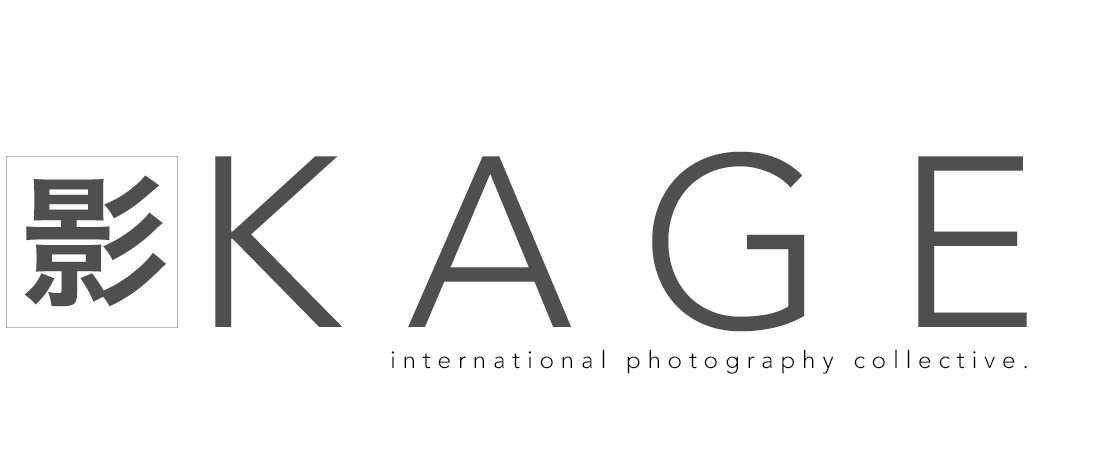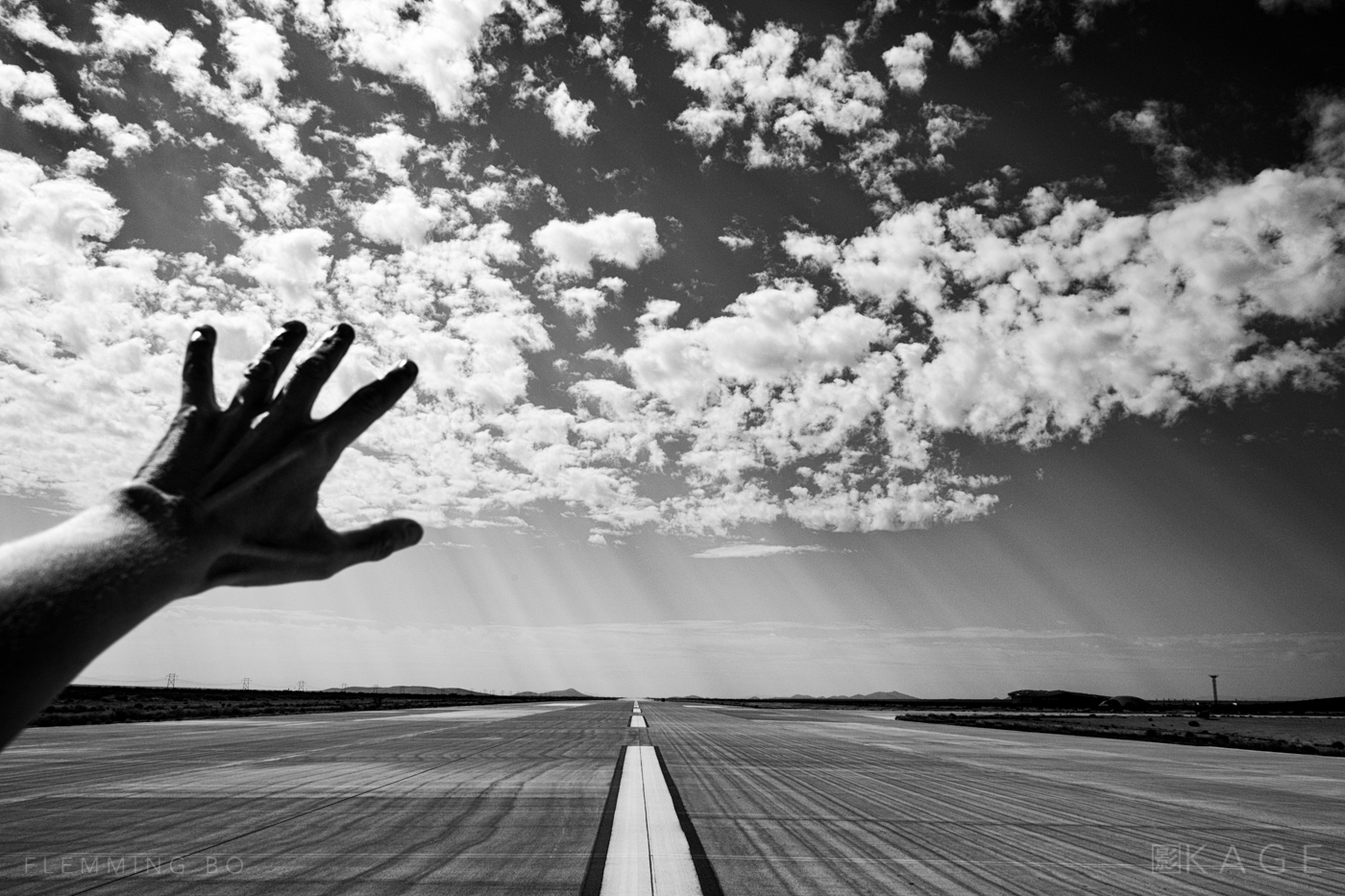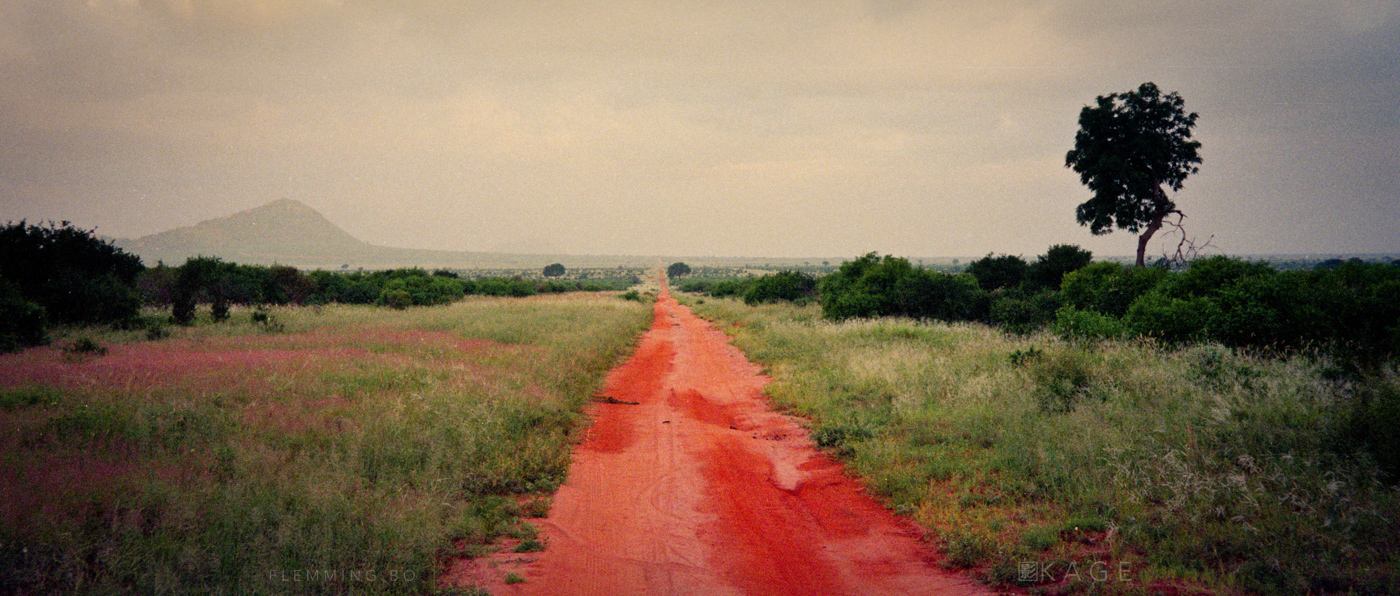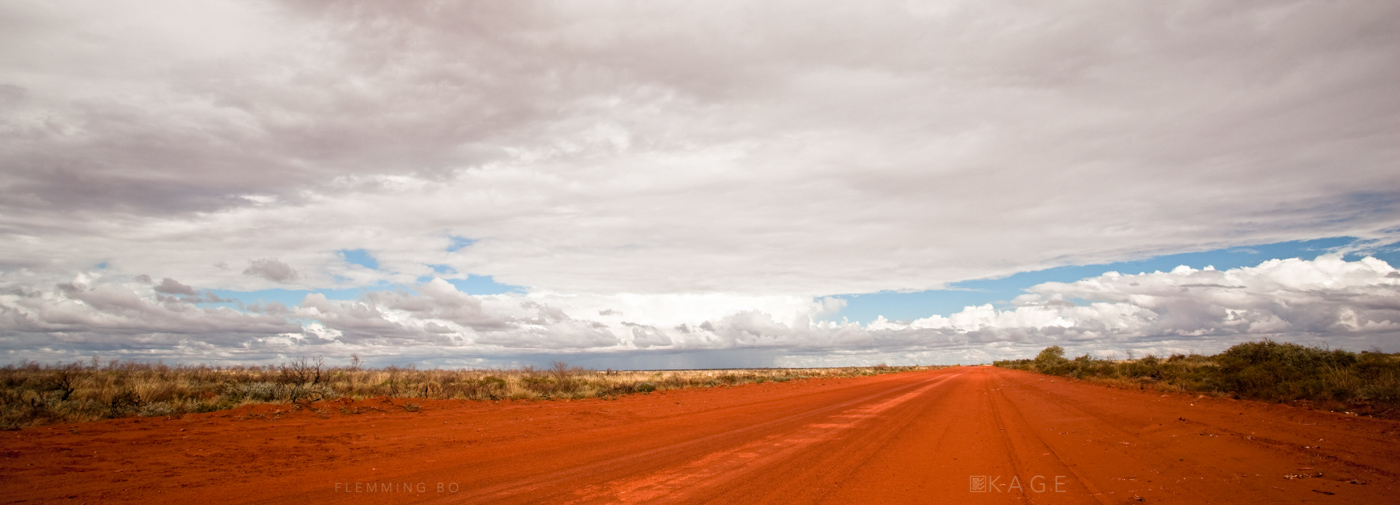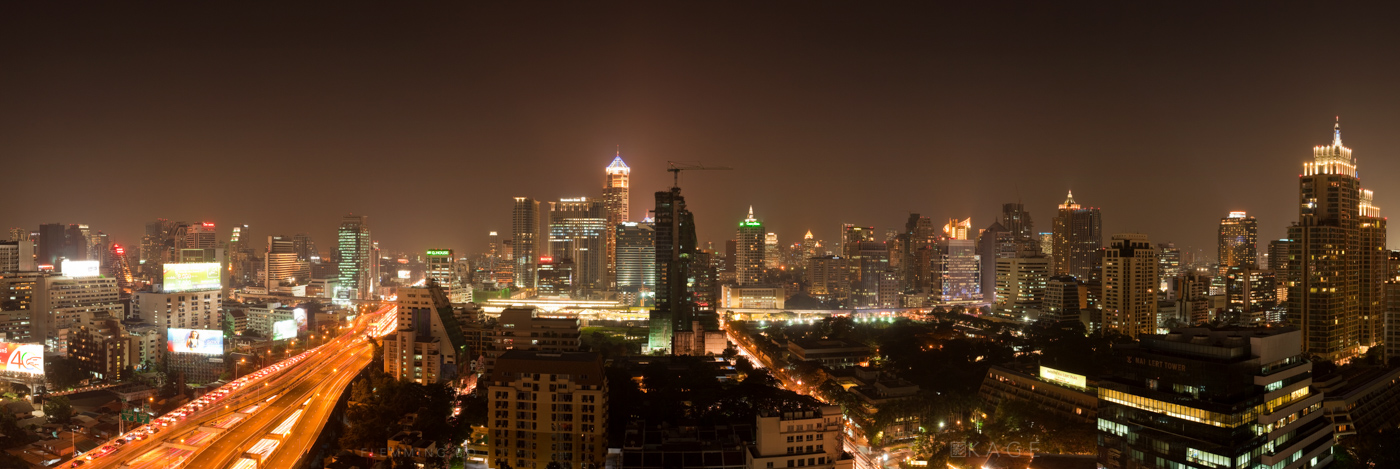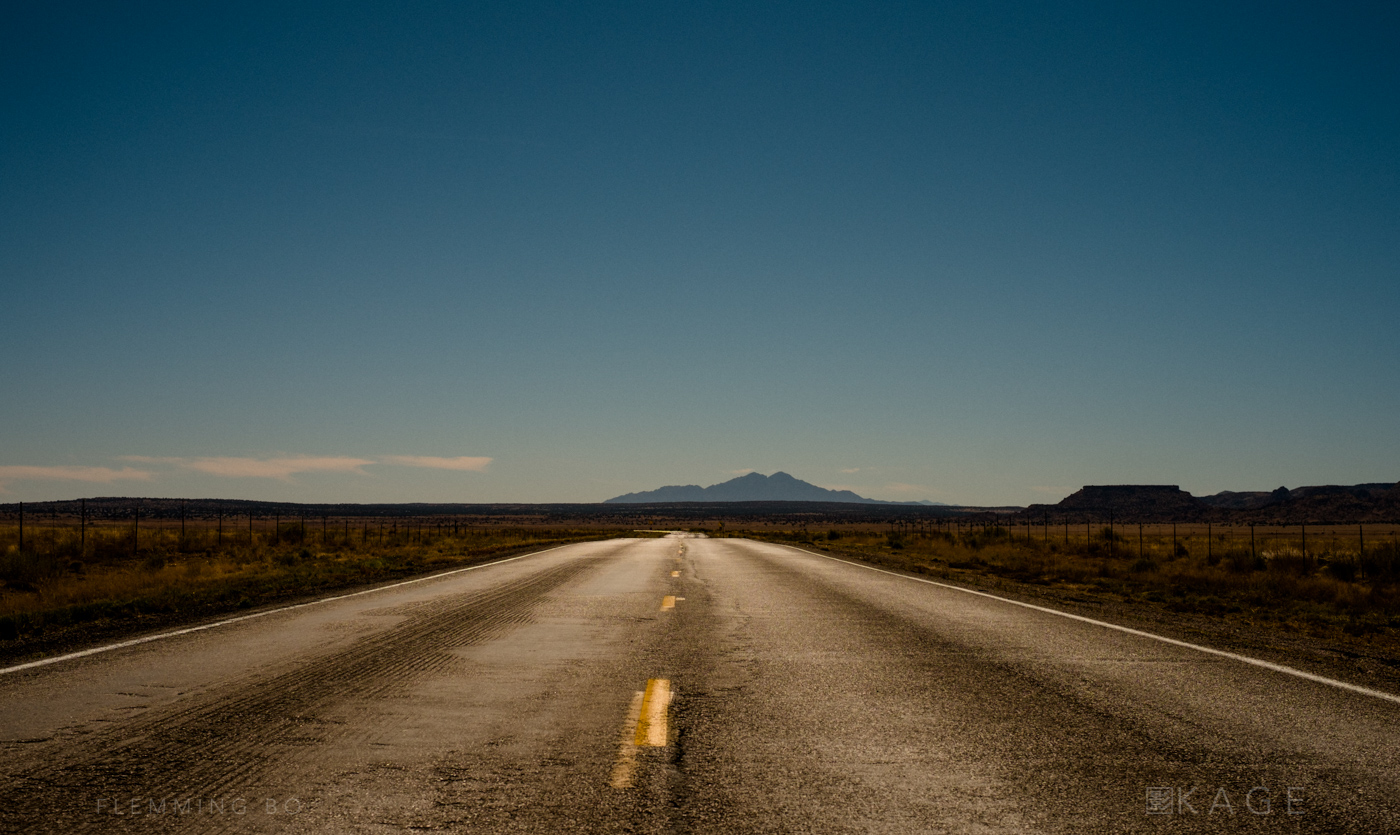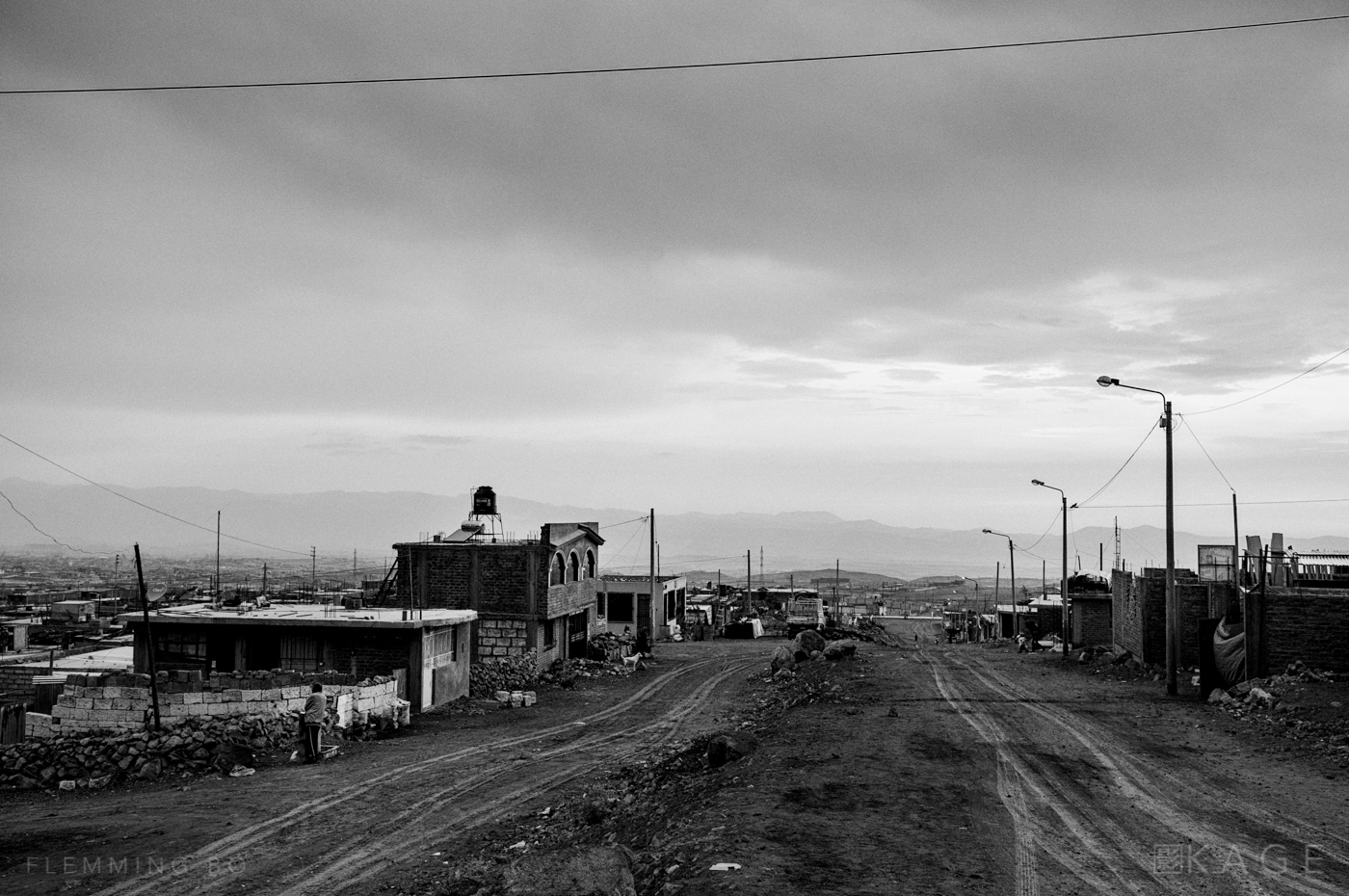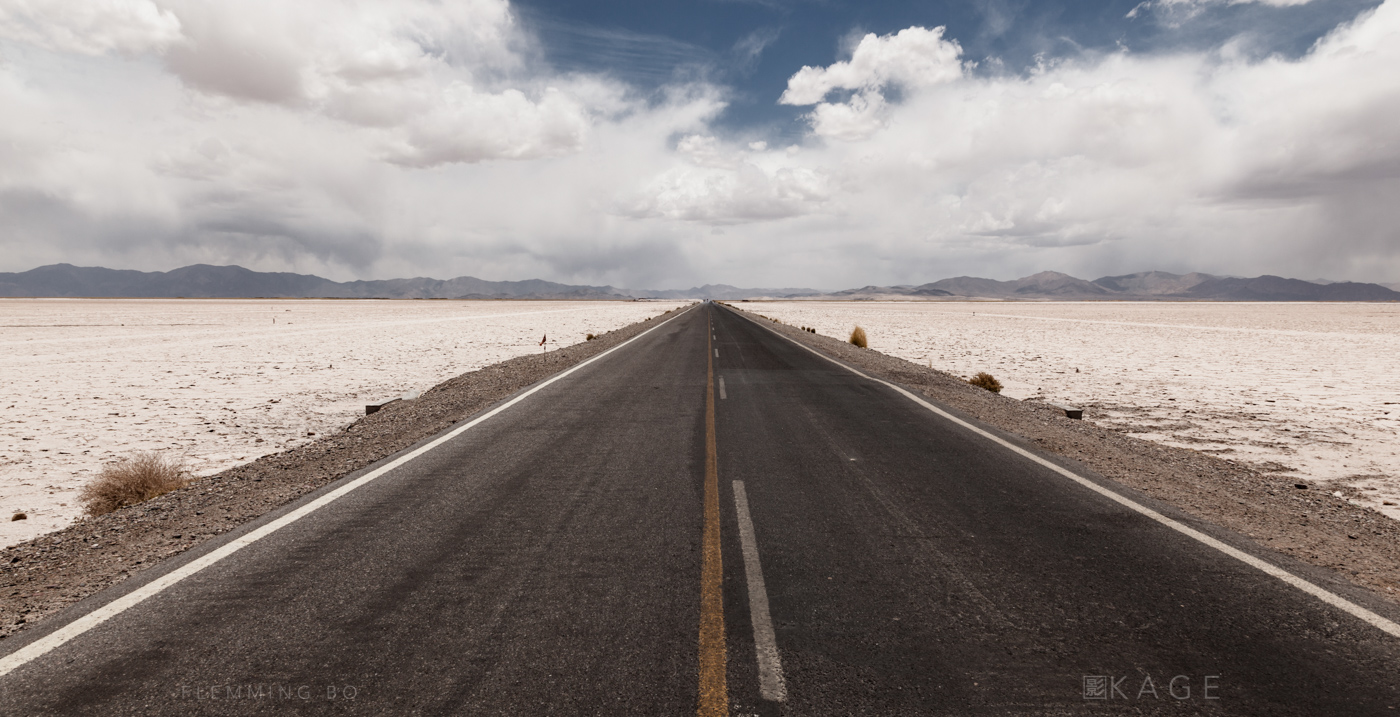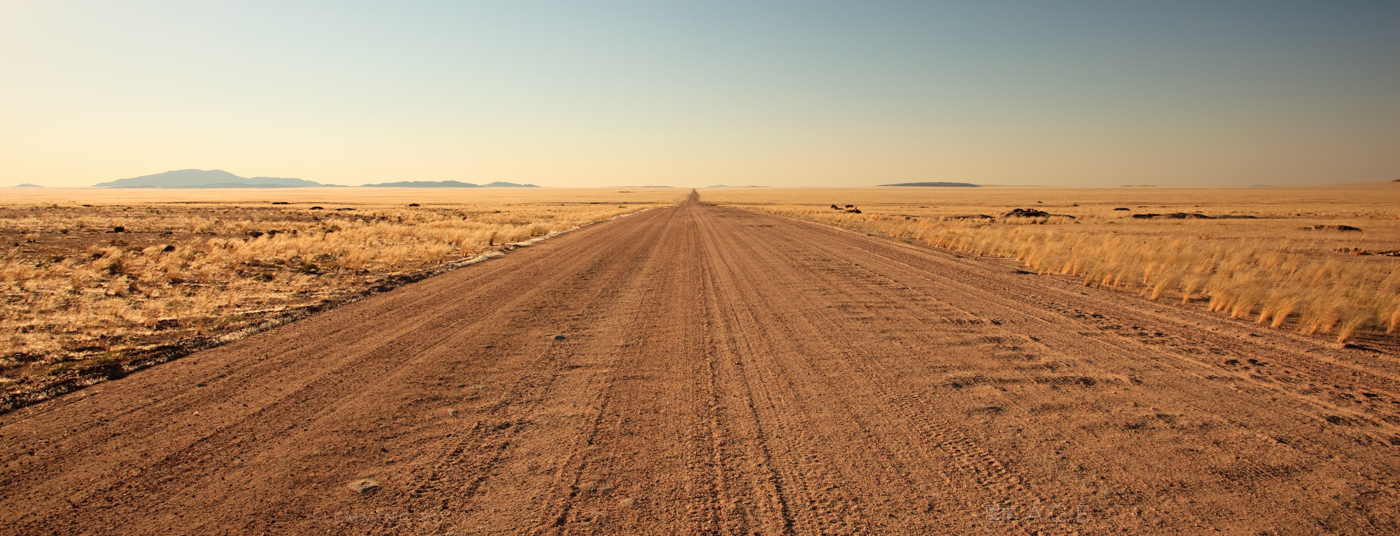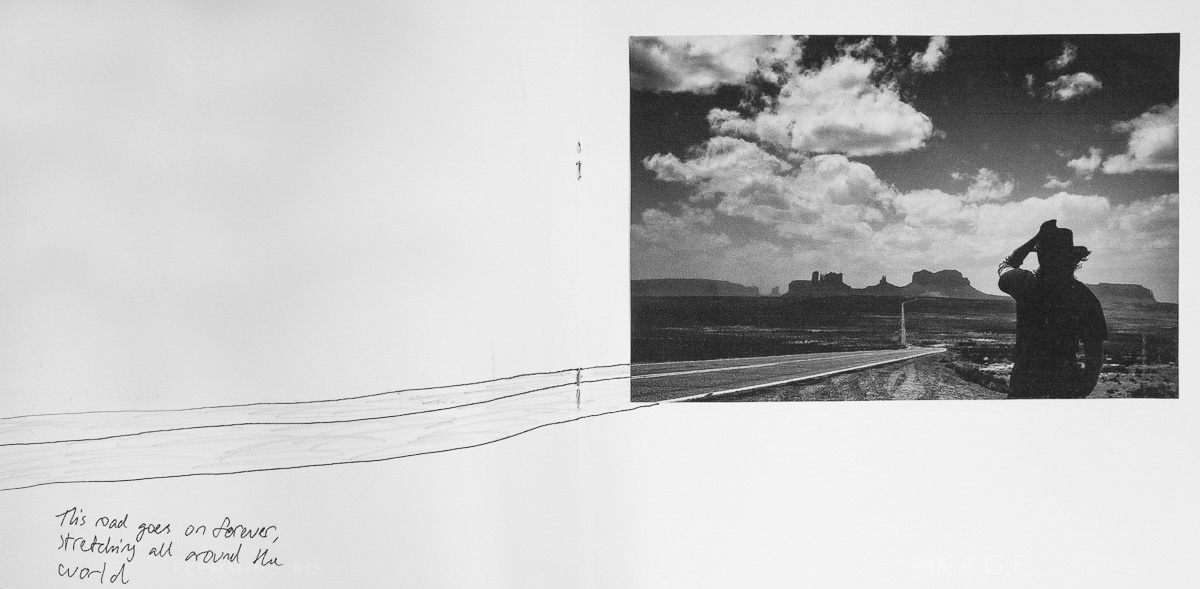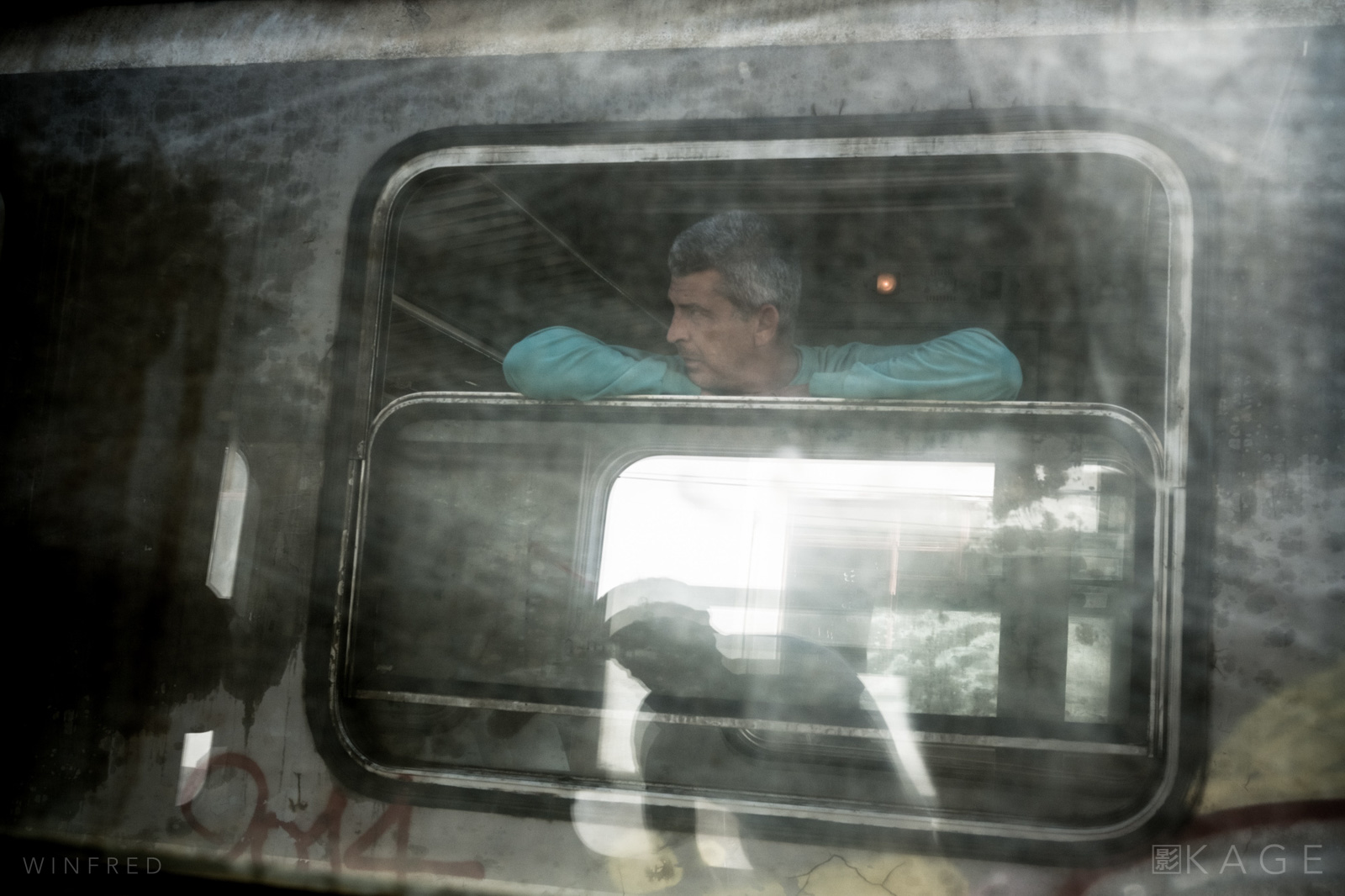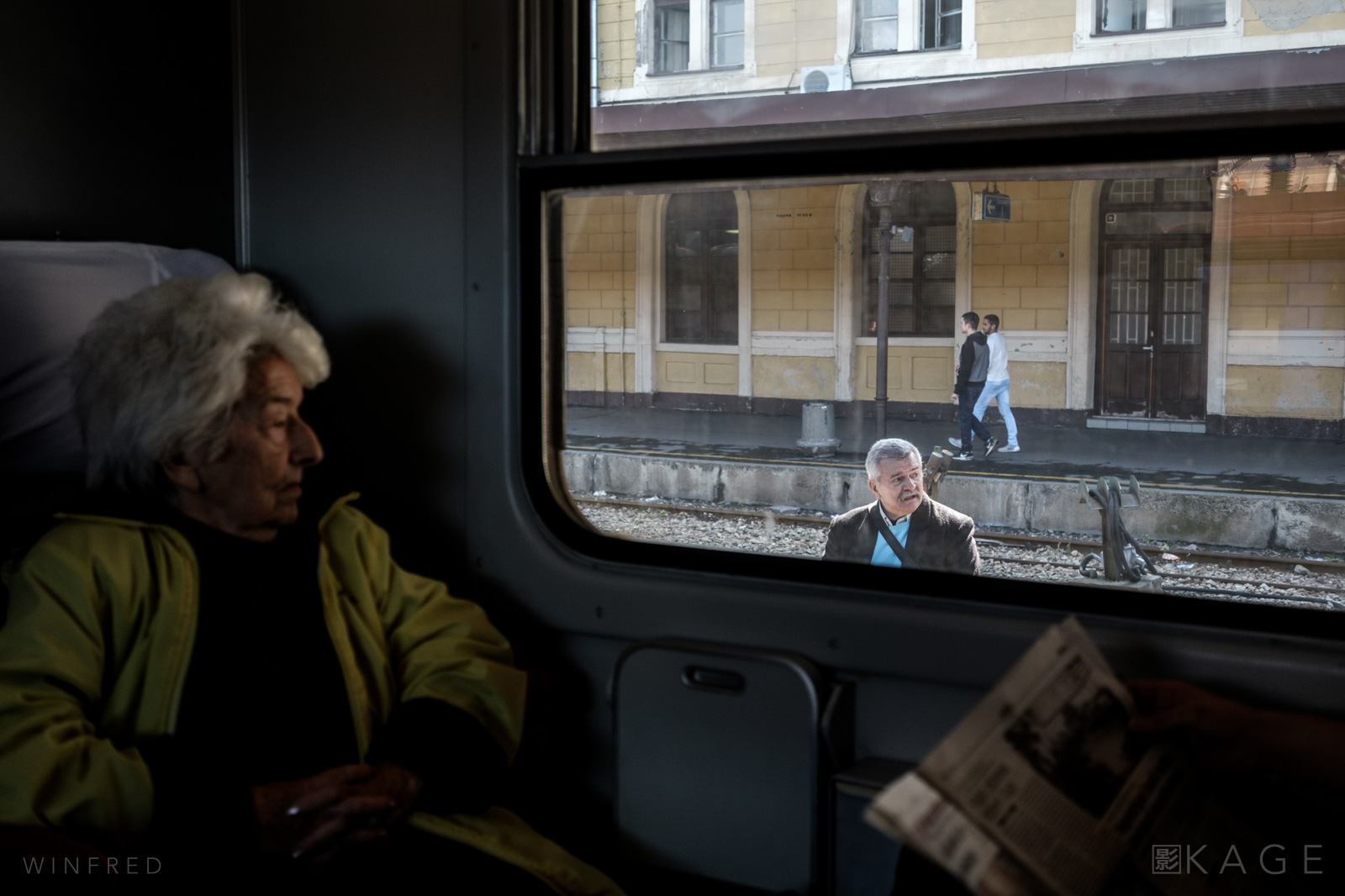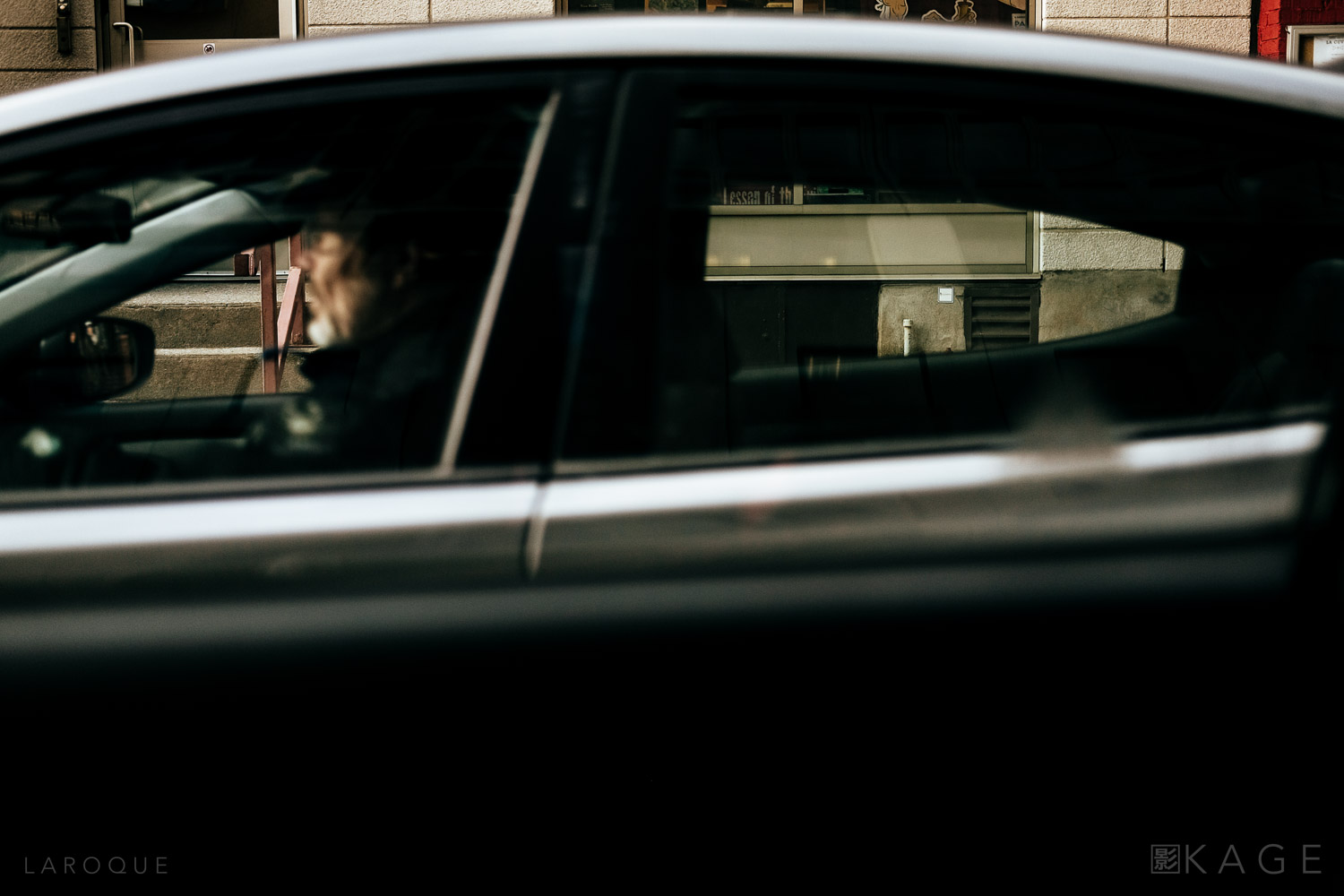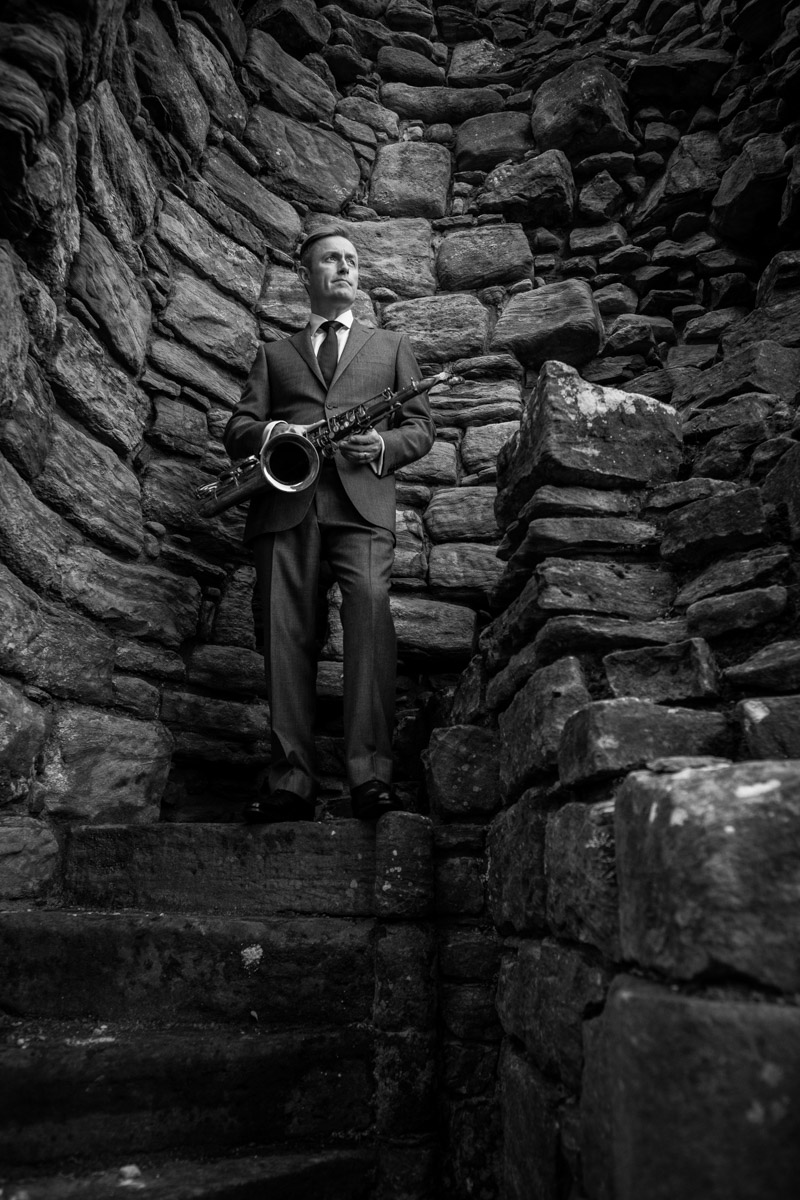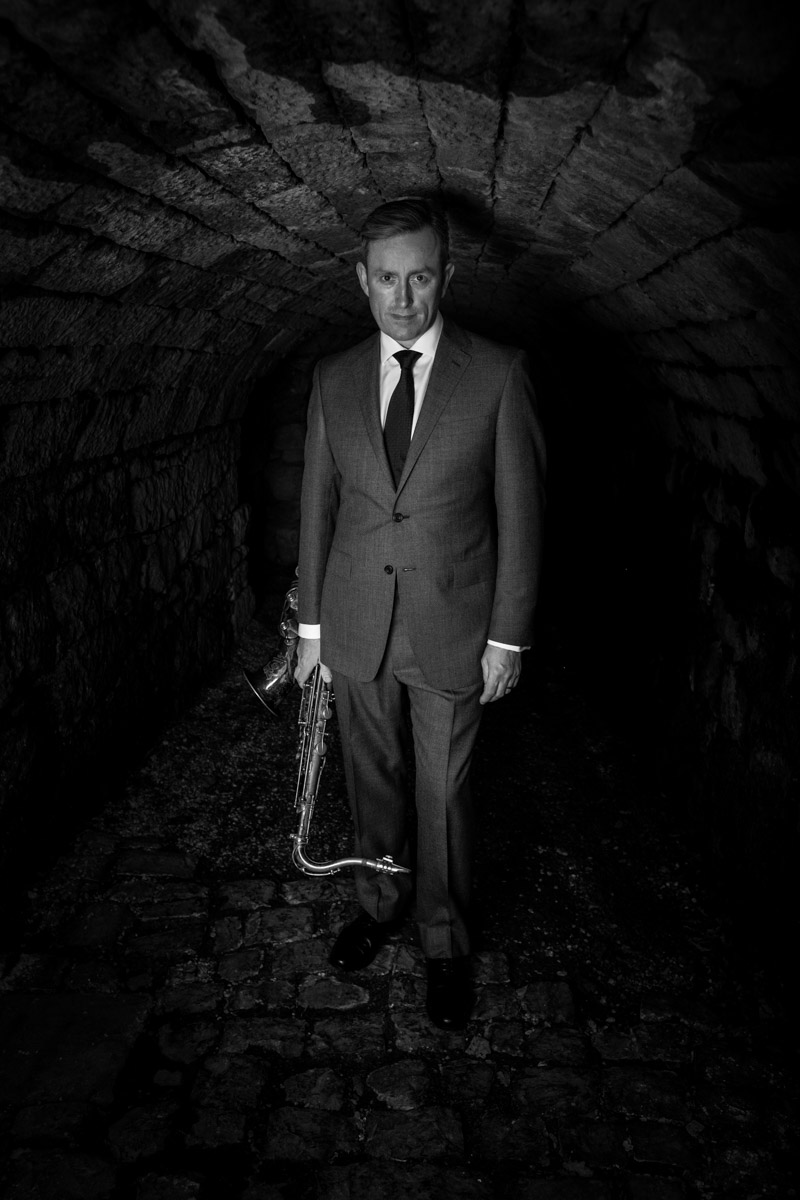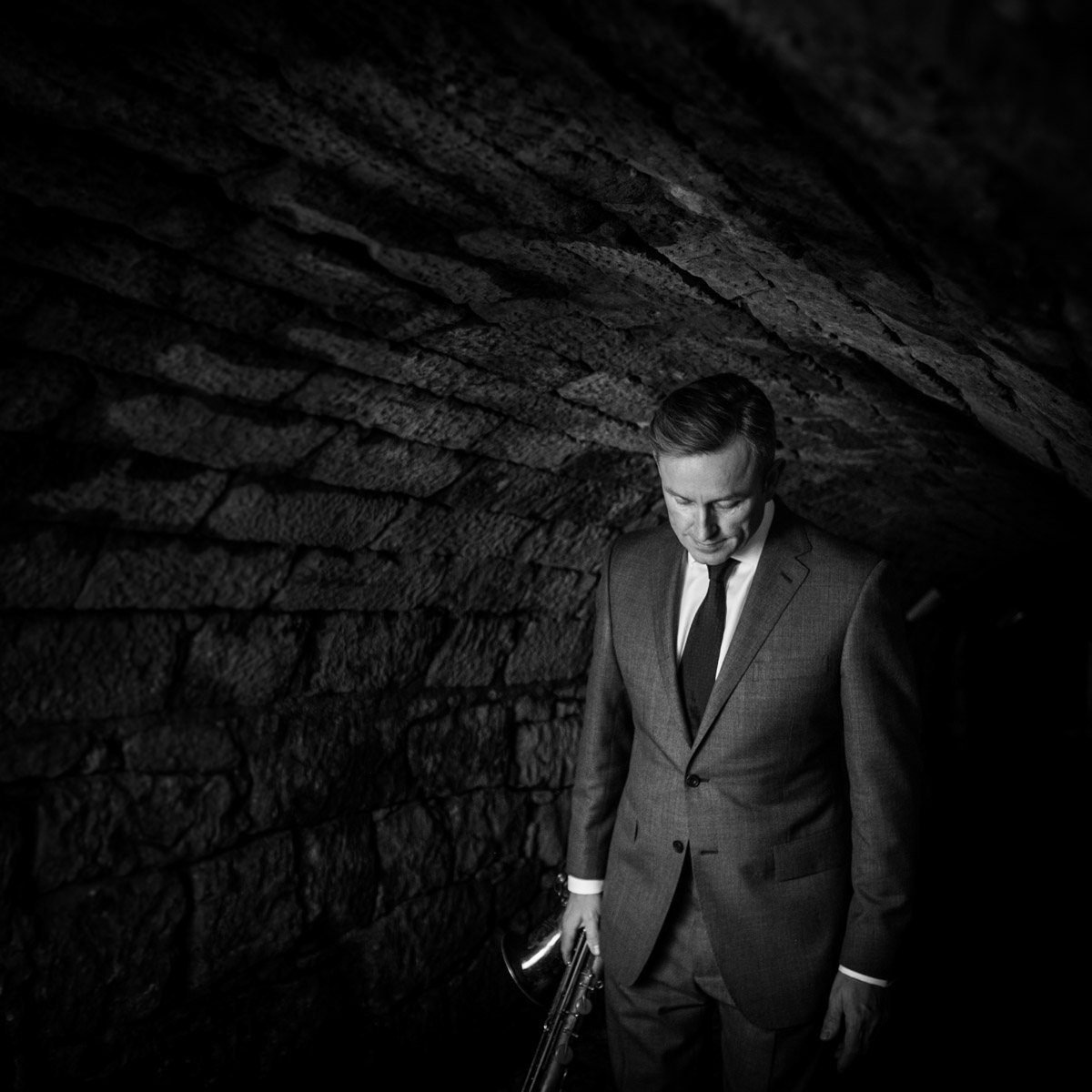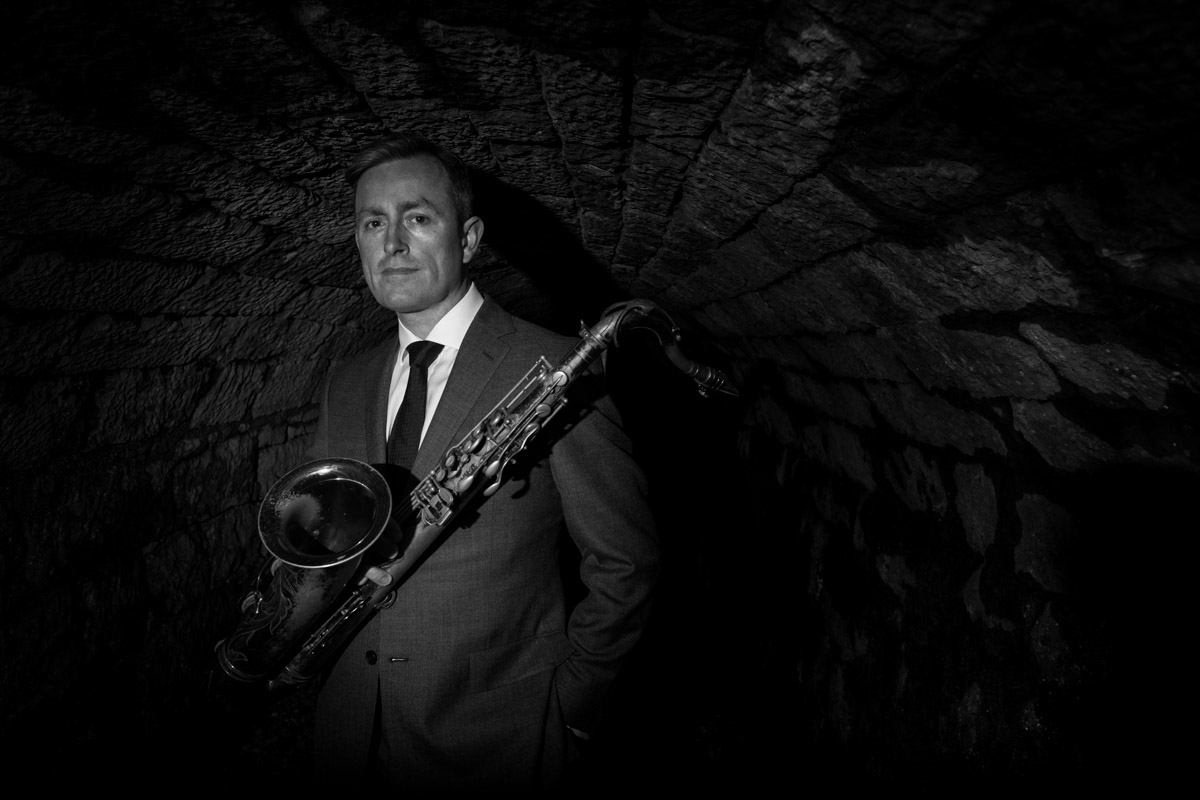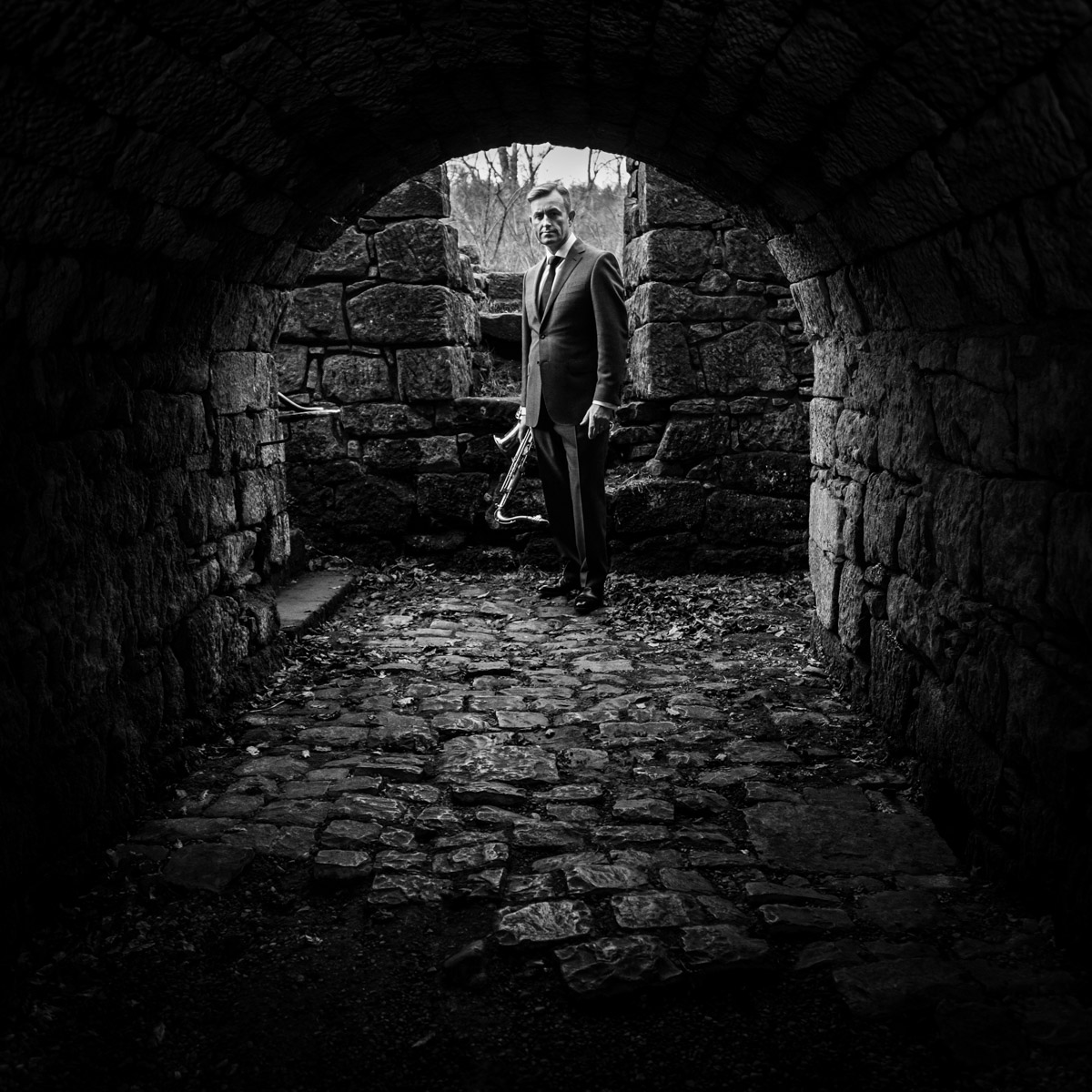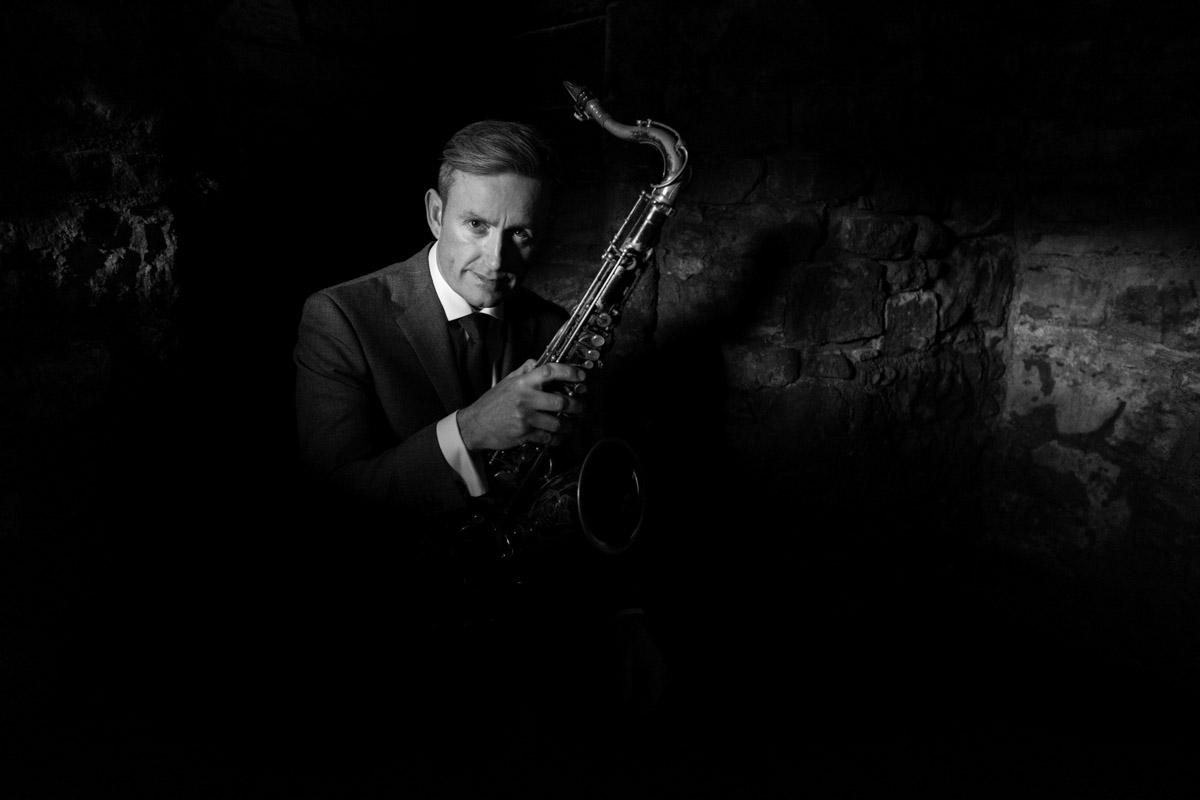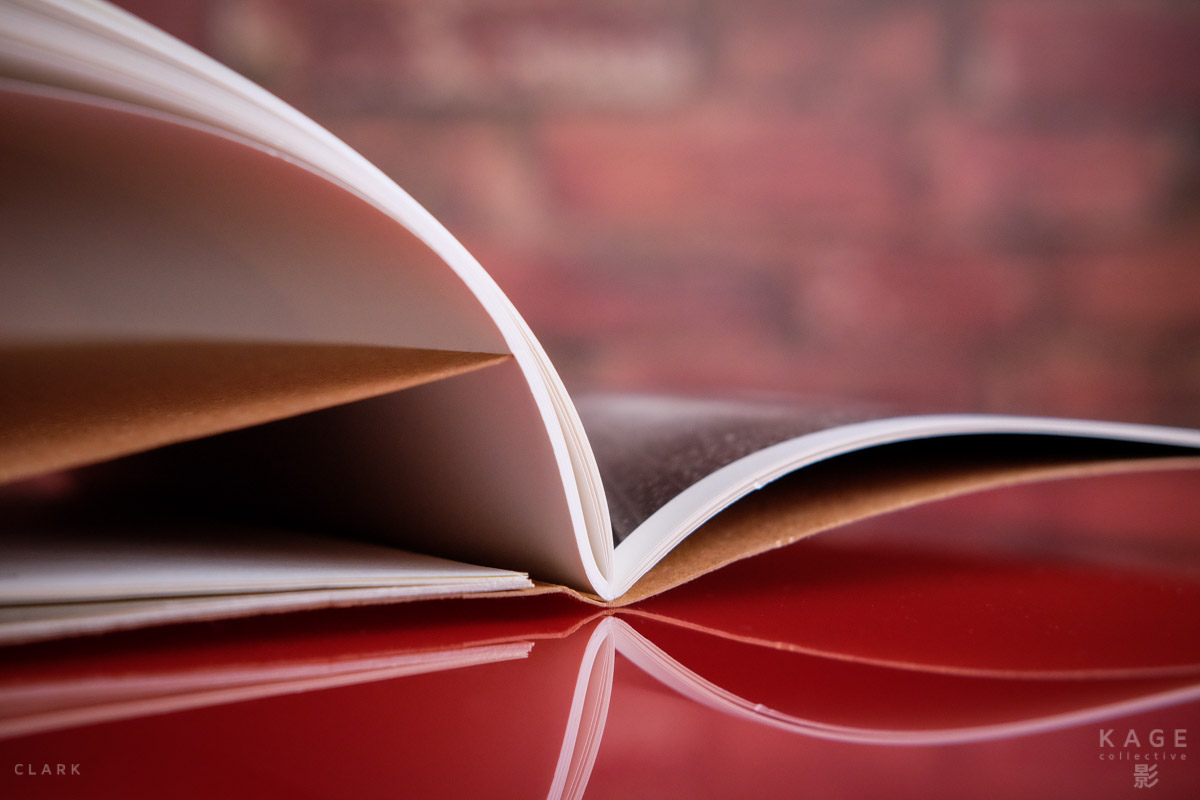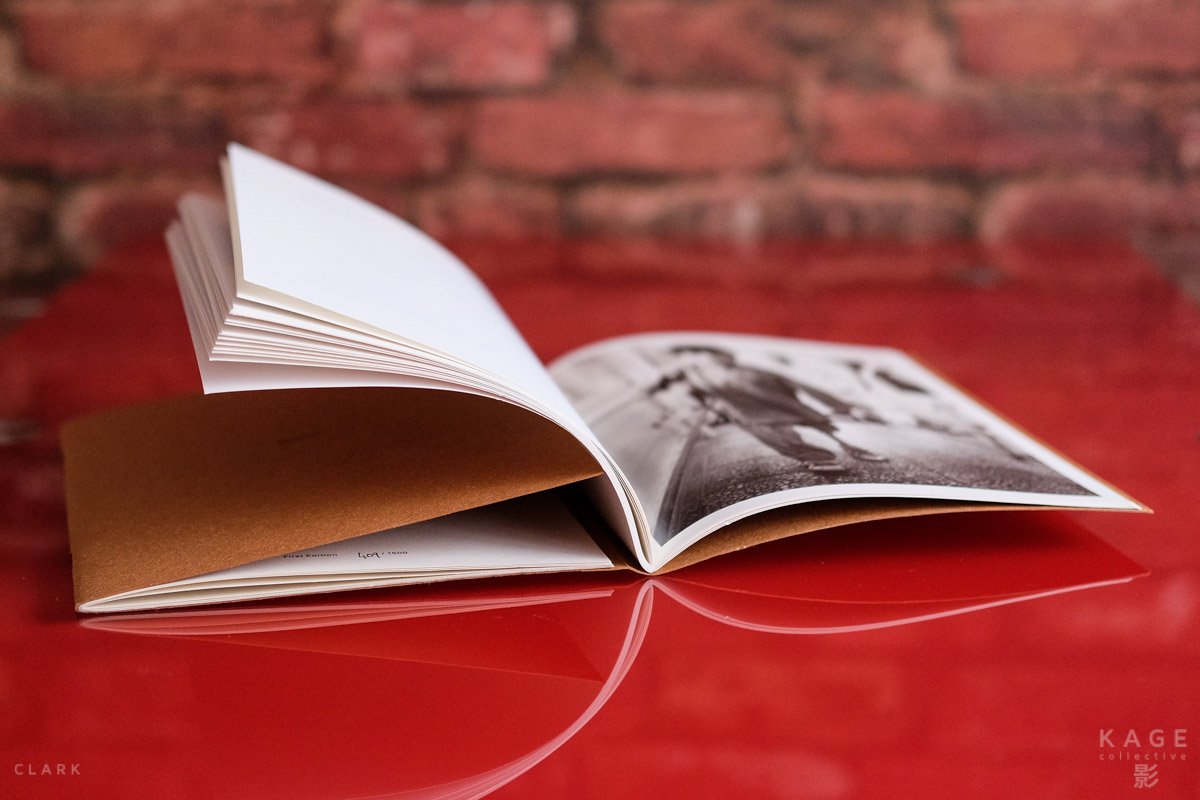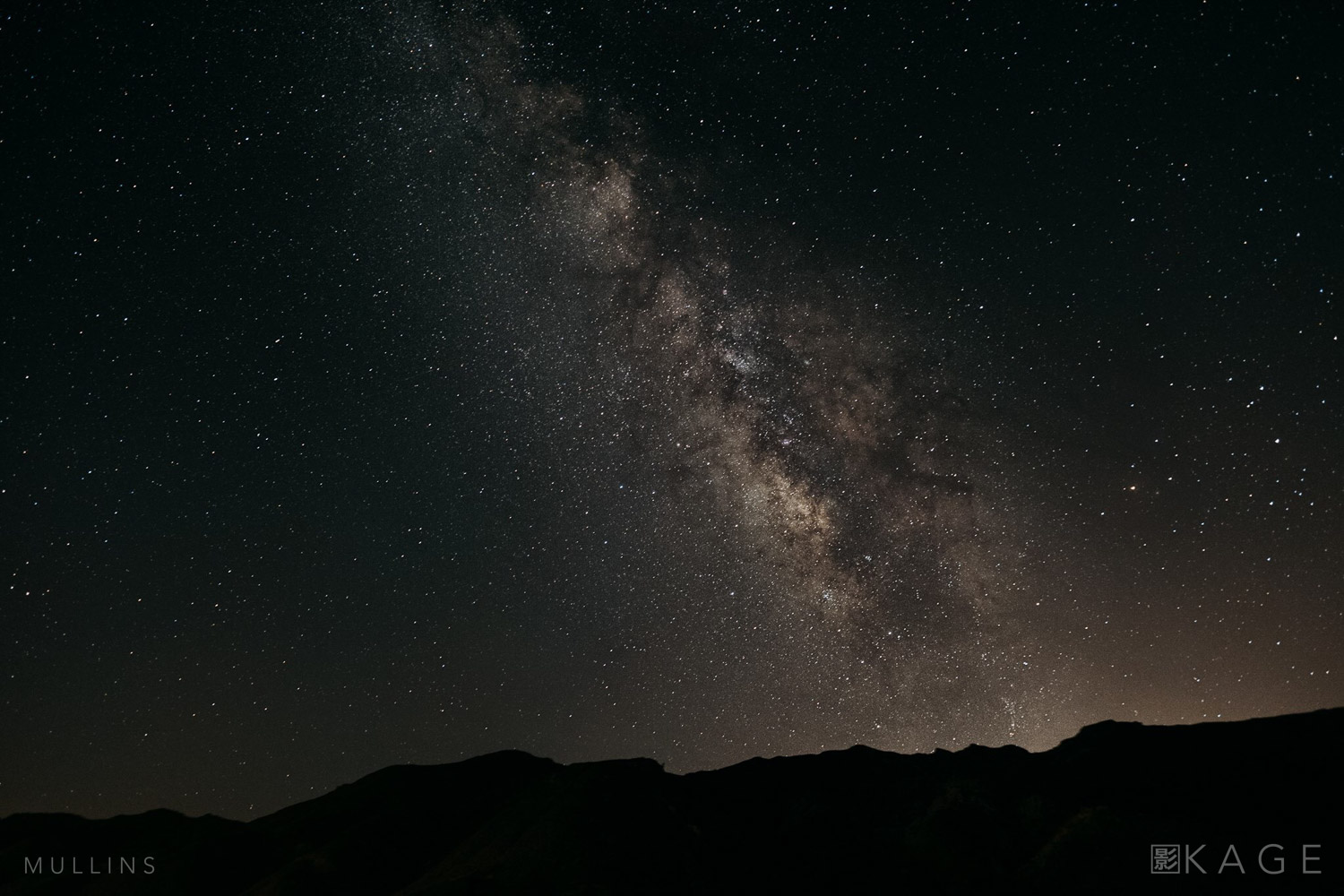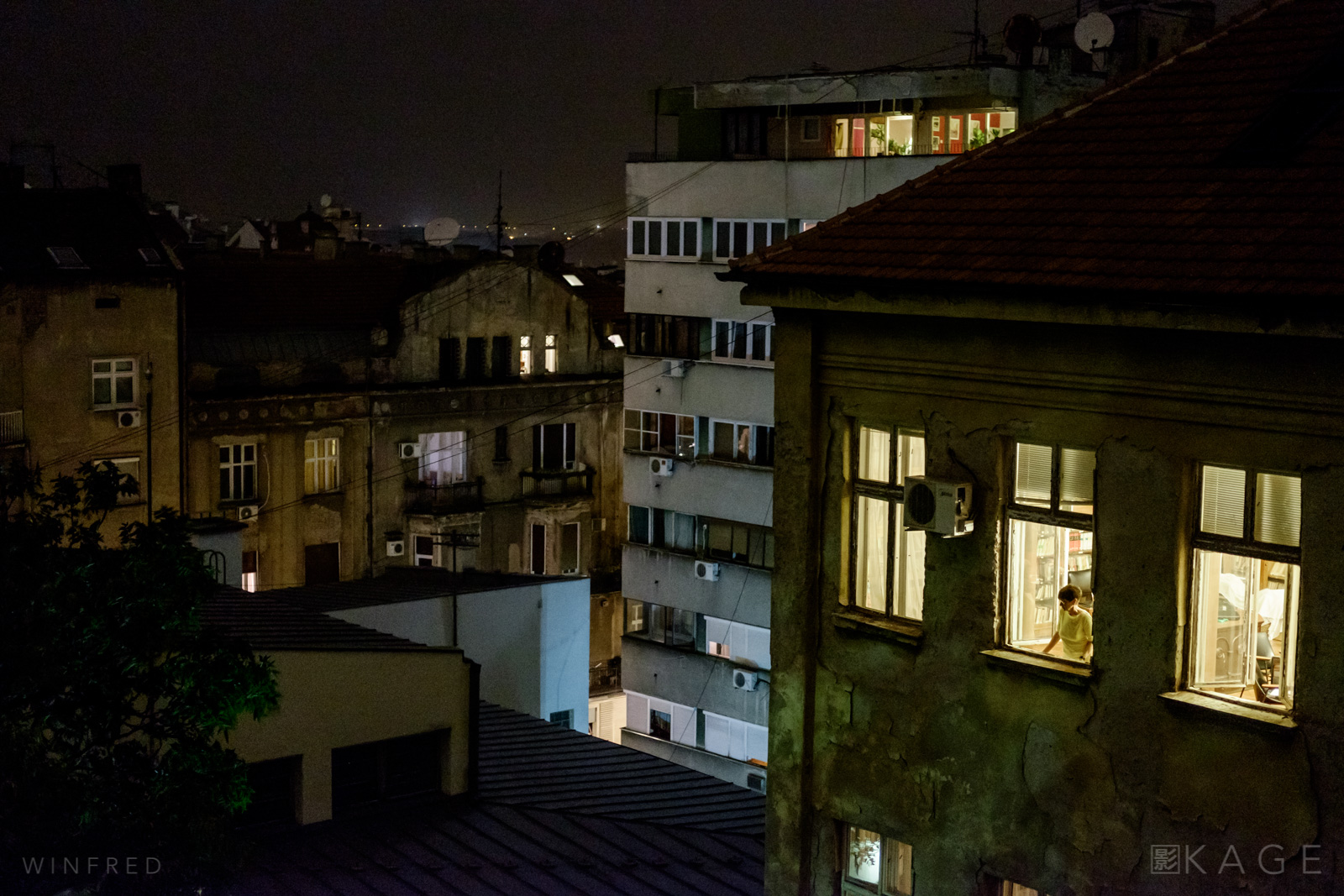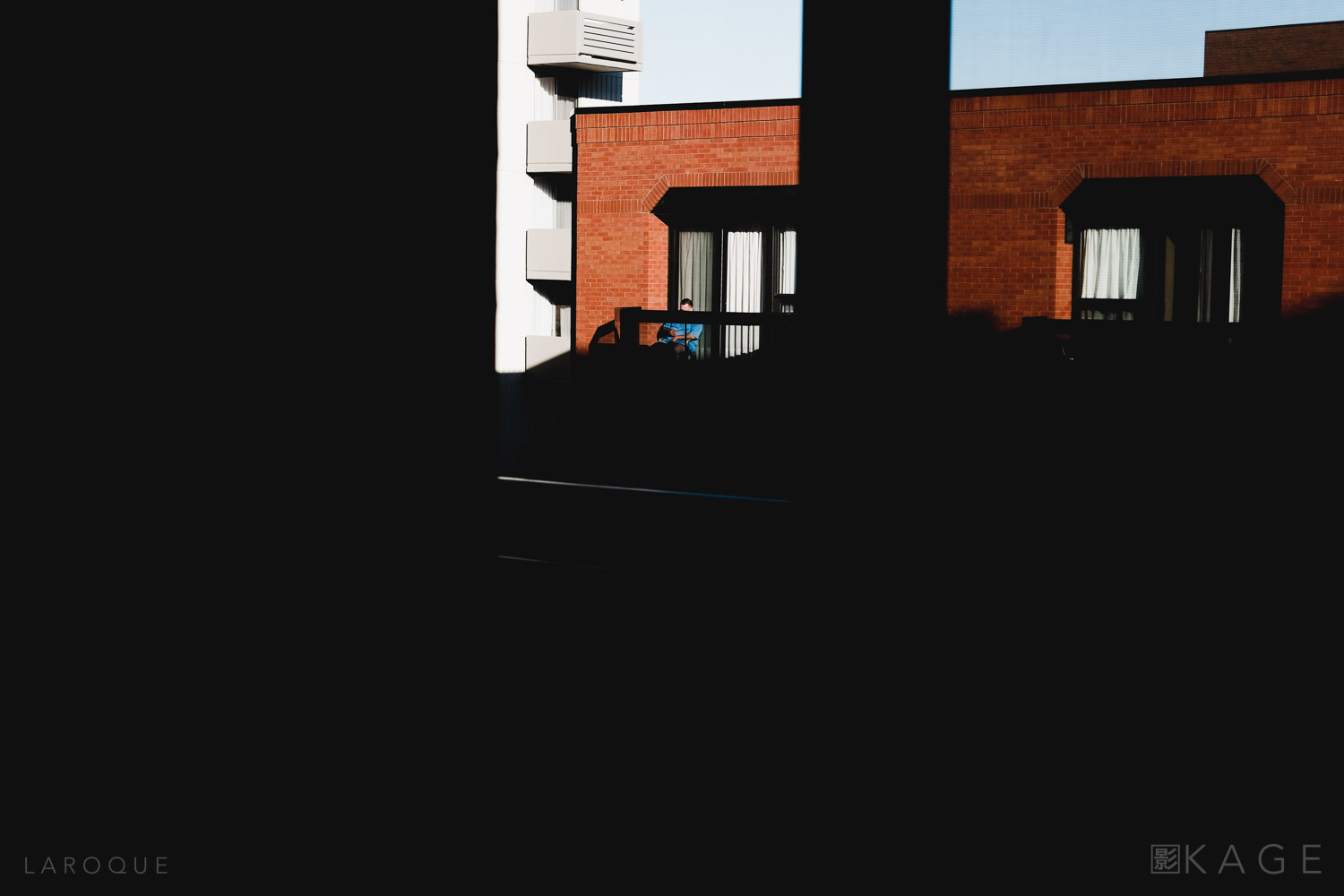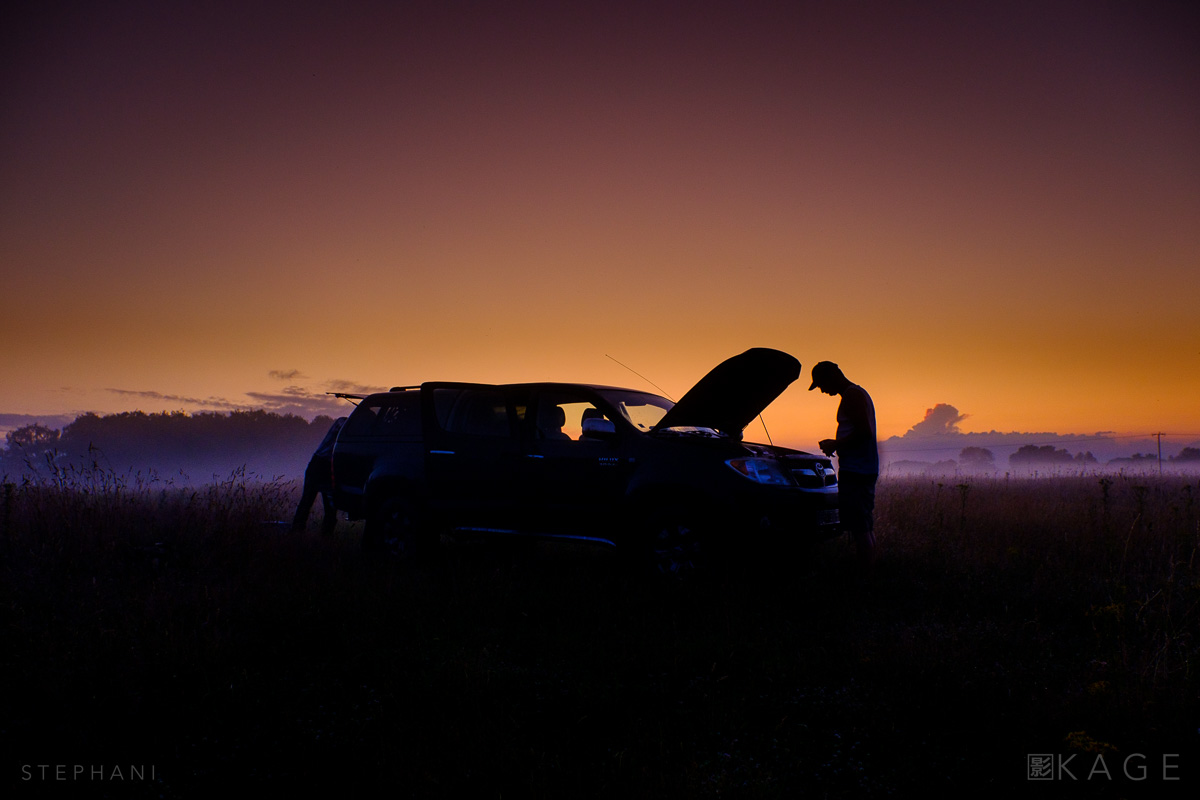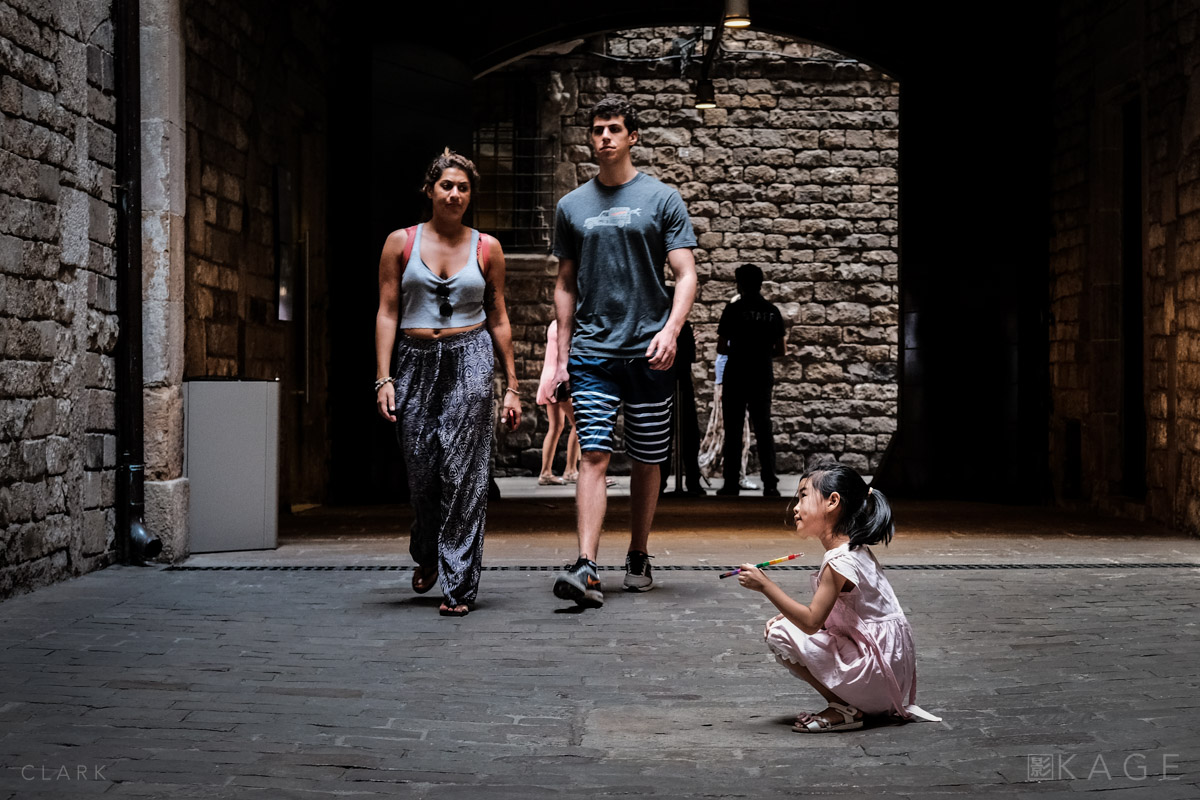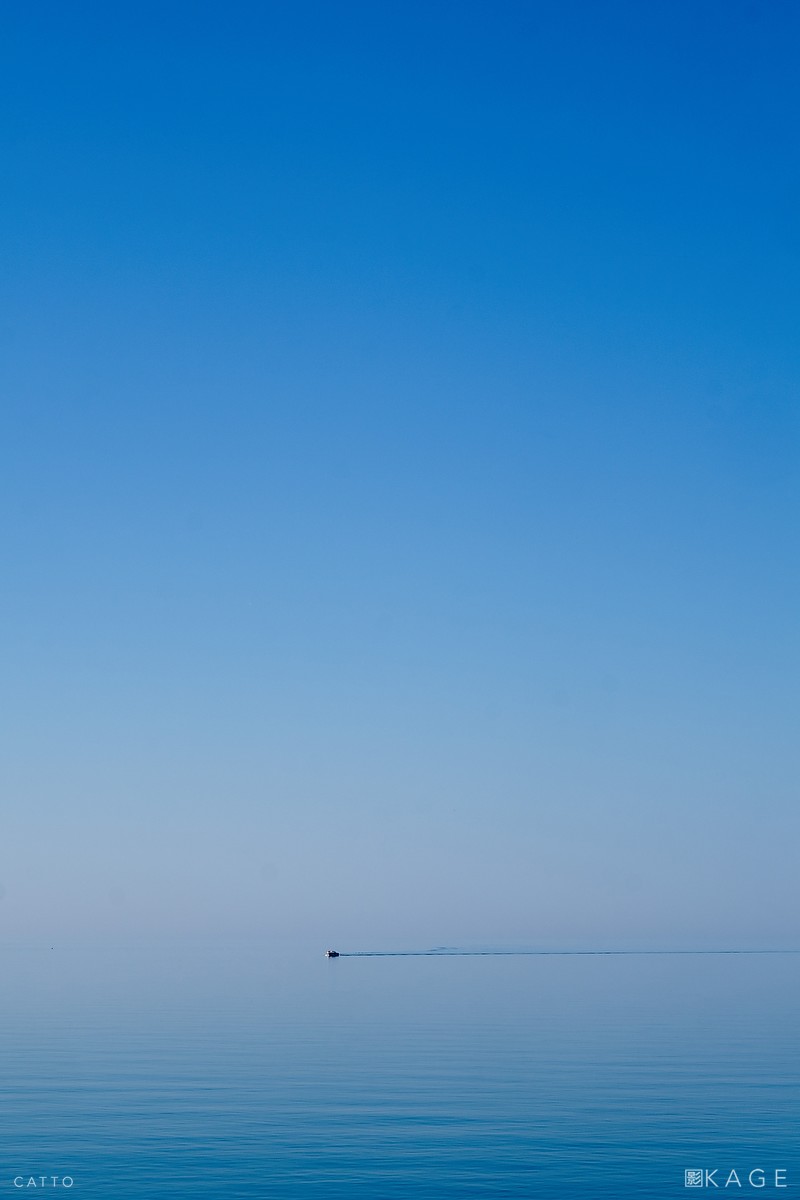By Patrick La Roque
The Road. Two words that sing to us like an incantation, conjuring rapid-fire contact sheet images of 60s motel rooms, sun-drenched landscapes and long evenings with nothing but oblivion ahead of us. We know the myth, we've read the words and felt the zen fury of mad altered poets living that transient life, moving incessantly, riding the snakes that meander through the peaks and valleys of the world.
But few of us ever experience "the vastness of old tumbledown holy America from mouth to mouth and tip to tip"*. The road we know is small and crowded and connecting point A to point B. It's tedious and infuriating, a prison far removed from the odes to liberty that haunt so many pages in so many books. We're not heroes here, we're not vagrant iconoclasts...we're cogs in a machine, longing to come home.
But there's still beauty if we look for it. If we raise the volume, ever so slightly, if we close down the windows...an almost film-like quality to kill the doldrums.
The simple vastness of living.
––––––––––––––––––––––––––––––––
*Excerpt From: Kerouac, Jack. “On the Road.”
